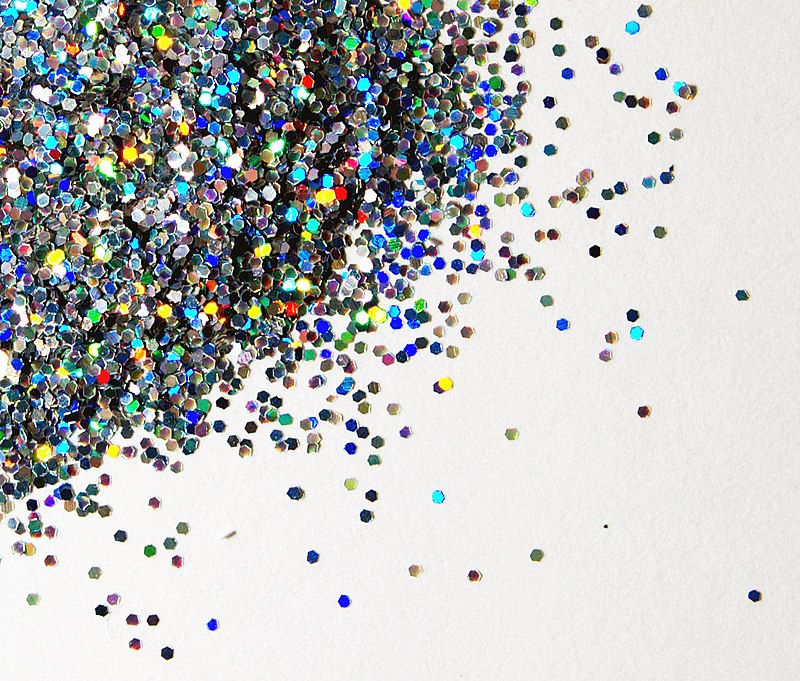I was chatting with the counseling team at a Dallas girls’ school a few years ago when the conversation turned to how we each handle students who become unglued during the school day.
“That,” said one of the counselors in a Texas twang, “is when I get out a glitter jar.” As I tried to conceal my immediate skepticism, she went off to retrieve one. While we waited for her to return, I sat there thinking that whatever she was bringing back, I hated it already.
First, as a parent with a neatness hang-up and kids who love art projects, I have come to loathe glitter. Second, if there was any psychology behind this, it seemed bound to be a little, well, poppy.
The counselor returned holding a clear jam jar. Its lid was glued on and it was filled with water plus a layer of sparkling purple glitter sitting at the bottom. “When a girl falls apart in my office, I do this,” she said, while shaking the jar fiercely, like an airport snow globe. Together we beheld the dazzling glitter storm that resulted. Then she placed the jar down on the table between us and continued, “After that I say to her, ‘Honey, this is your brain right now. So first … let’s settle your glitter.’”
Mesmerized, I watched the swirling glitter slowly fall to the bottom of the jar. Finally getting over myself, I was ready to acknowledge the brilliance behind this homemade device.
Sitting right there was an elegant model of the neurology of the distressed teenager. Early in adolescence, the brain gets remodeled to become more powerful and efficient, with this upgrade retracing the order of the original in utero development. The primitive regions, which are just above the back of the neck and house the emotion centers, are upgraded first — starting as early as age 10. The more sophisticated regions, located behind the forehead and giving us our ability to reason and maintain perspective, are redone last and may not reach full maturity until age 25.
While this process is underway, young people are put in a rather delicate position. Though they tend to be highly rational when calm, if they become upset, their new, high-octane emotional structures can overpower their yet-to-be upgraded reasoning capacities, crashing the entire system until it has a chance to reset.
I have enthusiastically recommended glitter jars to several parents and colleagues knowing that some teenagers will instantly benefit from having a concrete model of emotional distress. That said, I have come to appreciate that a glitter jar’s main utility is in the instructions it provides to those who are caring for the overwrought: Be patient and communicate your confidence that emotions almost always rise, swirl and settle all by themselves.
We are buying a glitter jar posthaste.
Categories:
The Girl
